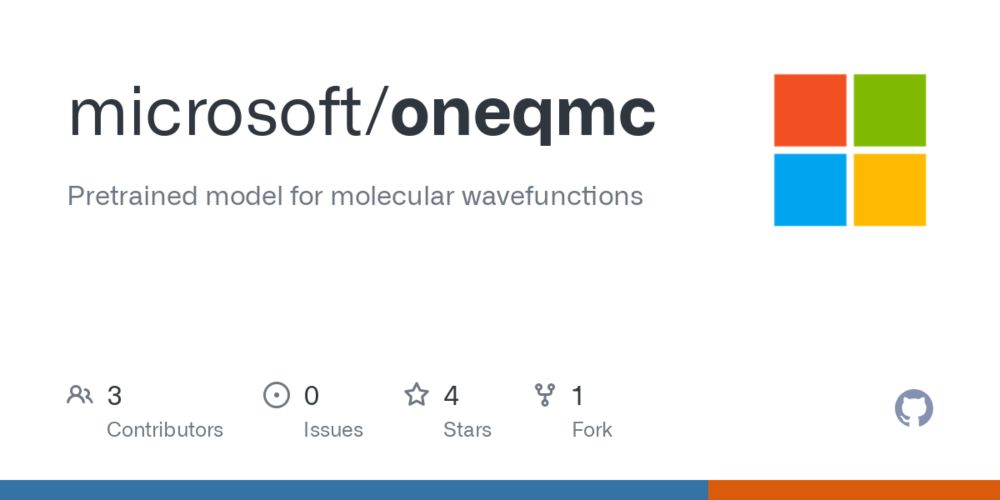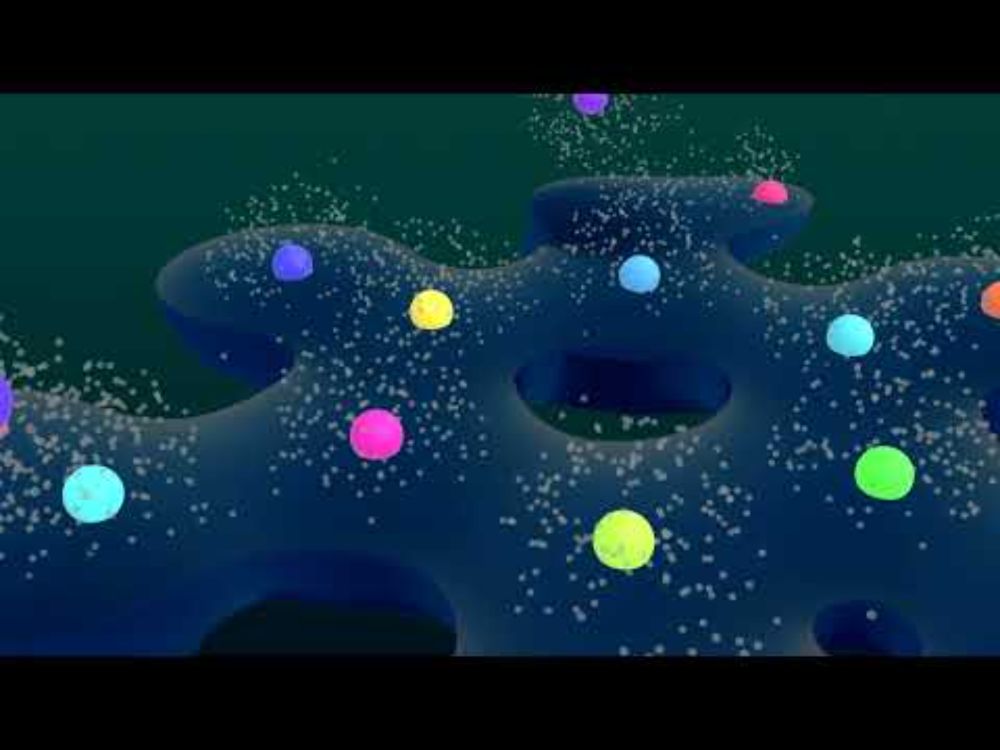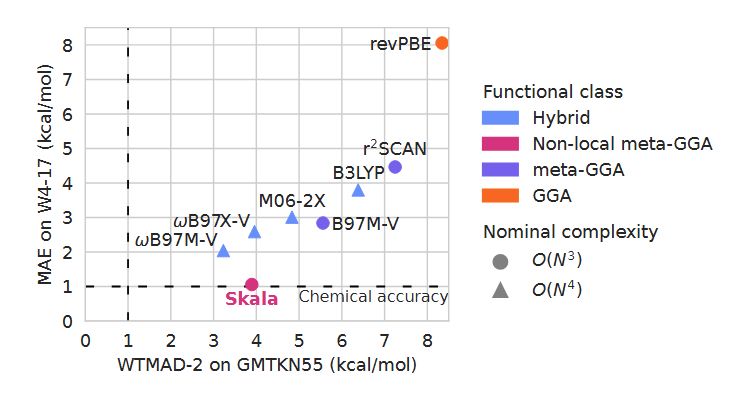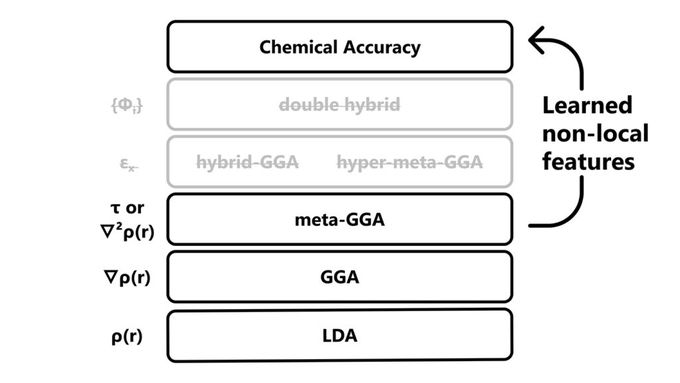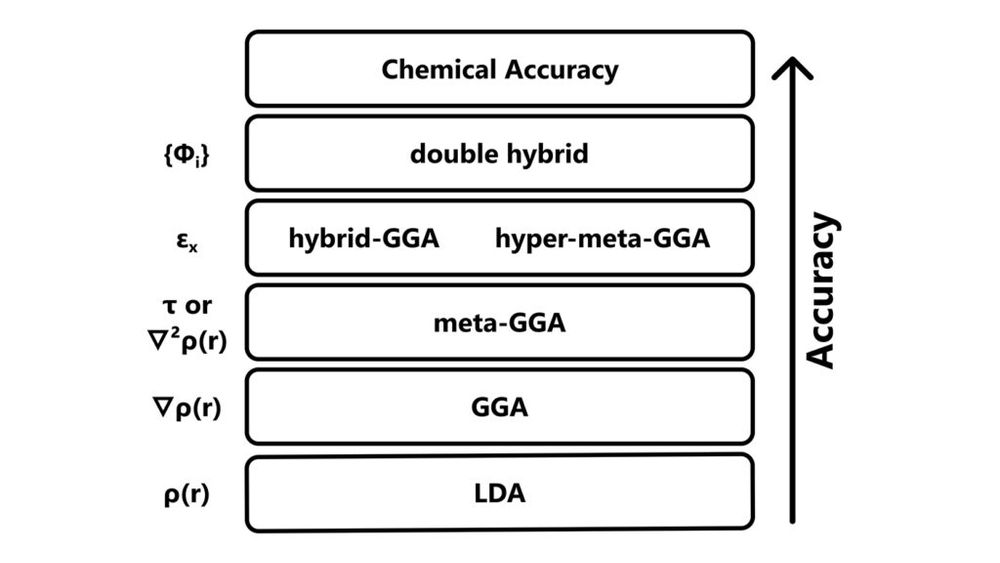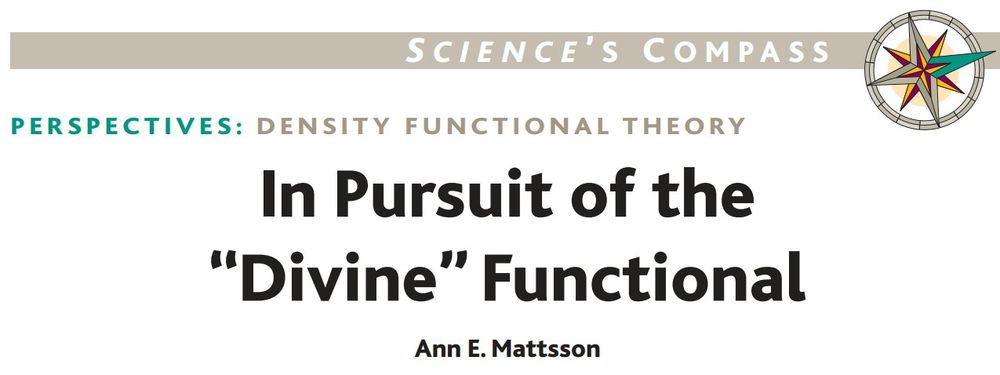Jan Hermann
@jan.hermann.name
1.7K followers
150 following
130 posts
Computational chemistry & physics, electrons, deep learning 🚲☕️♟️ Microsoft Research AI for Science · https://jan.hermann.name
Posts
Media
Videos
Starter Packs
Pinned
Jan Hermann
@jan.hermann.name
· Jul 6
Jan Hermann
@jan.hermann.name
· Jul 4
Jan Hermann
@jan.hermann.name
· Jul 2
Jan Hermann
@jan.hermann.name
· Jun 27
Jan Hermann
@jan.hermann.name
· Jun 27
Jan Hermann
@jan.hermann.name
· Jun 26
Jan Hermann
@jan.hermann.name
· Jun 26
Jan Hermann
@jan.hermann.name
· Jun 26
Jan Hermann
@jan.hermann.name
· Jun 26
Adam Foster
@adamefoster.bsky.social
· Jun 26
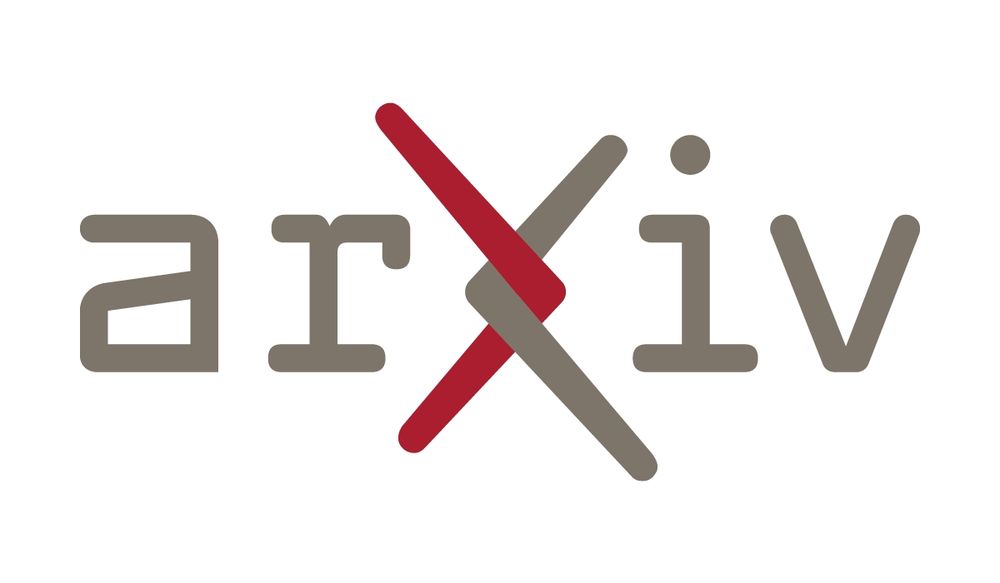
An ab initio foundation model of wavefunctions that accurately describes chemical bond breaking
Reliable description of bond breaking remains a major challenge for quantum chemistry due to the multireferential character of the electronic structure in dissociating species. Multireferential method...
arxiv.org
Jan Hermann
@jan.hermann.name
· Jun 23
Jan Hermann
@jan.hermann.name
· Jun 18
Jan Hermann
@jan.hermann.name
· Jun 18
Jan Hermann
@jan.hermann.name
· Jun 18
Jan Hermann
@jan.hermann.name
· Jun 18
Jan Hermann
@jan.hermann.name
· Jun 18

